On safari in Southern Tanzania with Foxes Safari Camps
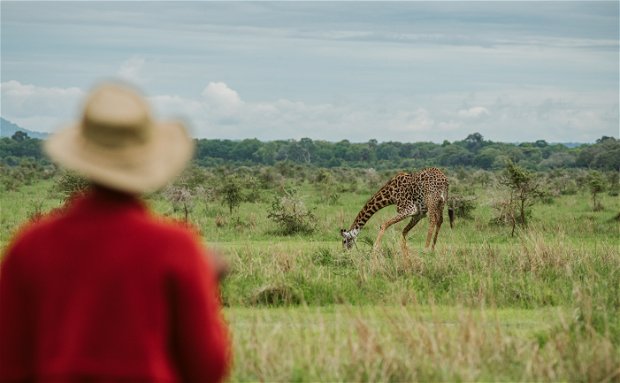
Whether you long to journey across Africa’s oldest national park or want to combine the northern safari circuit with the southern reaches of the country, Foxes Safari Camps showcases the real Tanzania. While Southern and Western Tanzania are often overlooked, our seven family-run camps and lodges offer intimate safaris with fewer tourists for an immersive encounter with Africa’s wilderness.
Southern Tanzania is home to wildlife species not found elsewhere in the country, from the world’s largest population of endangered African wild dogs in Nyerere to the Puku antelope in Katavi and East Africa’s largest biodiversity of species in Ruaha. For over forty years, our secluded, eco-friendly retreats showcase exclusive wildlife experiences without the crowds.
Mikumi National Park
Whether swaying in your private hammock amid misty forested hills or watching Lesser bushbabies leap between the wooden deck at Vuma Hills Tented Camp, one thing is certain – the elevated location overlooking the Mkata plains is an ideal introduction to Mikumi National Park. It’s not only the most visited park within the southern safari circuit for its proximity to Dar es Salaam (300km/5-hour drive), but for the abundance of wildlife, including Nyasa Blue Wildebeest which is seldom seen elsewhere. The wildlife paths that carve their way around the camp is a sign of the fact that you are in the very midst of the African wilderness. The park’s northern section, beyond the airstrip, park gate and day trippers – where Stanley’s Kopje is located – reveals an even wilder terrain with denser vegetation, less-travelled roads and wildlife that is less accustomed to safari goers. It is arguably the most coveted location in the national park with panoramic views that paint a picture of a quintessential African safari.


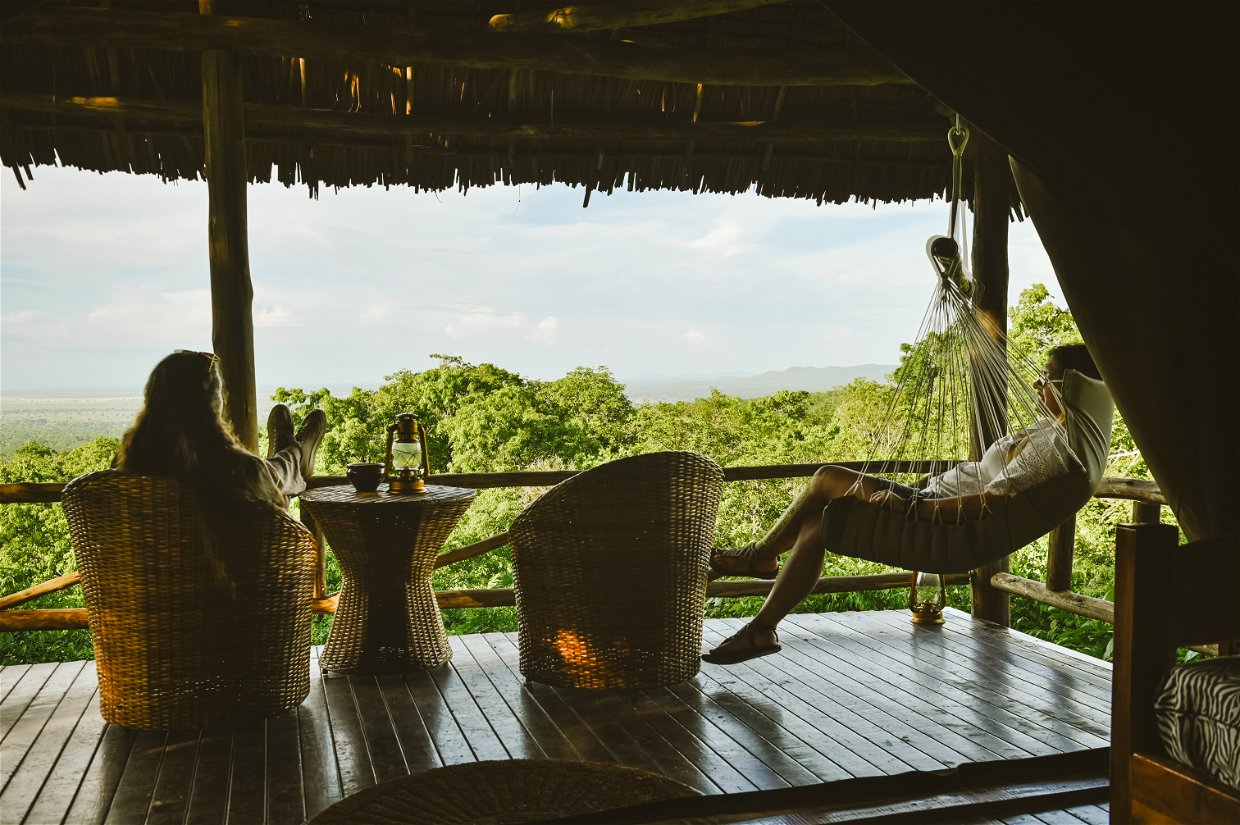
Explore Vuma Hills Tented Camp and the soon-to-reopen Stanley’s Kopje in Mikumi National Park
Nyerere (Selous) National Park: Africa’s oldest national park
Despite the 2019 name change from Selous Game Reserve to Nyerere National Park, this remains Africa’s oldest national park and the second largest conservation area in the world. The mighty Rufiji River takes centre stage here, making Nyerere one of two national parks in Tanzania that offers water safaris and a different perspective along Tanzania’s largest riverine ecosystem. You don’t even have to leave your riverside banda at Rufiji River Camp to watch playful elephants drinking sundowners, hippos bobbing between sandbanks and crocodiles gliding past while Black-and-white colobus monkeys swing overhead. Nyerere is also renowned as a critical refuge for Tanzania’s largest population of African wild dogs.



Explore Rufiji River Camp in Nyerere National Park.
Ruaha National Park: Tanzania’s best-kept safari secret
Locals claim that Ruaha is the country’s best-kept secret when it comes to the diversity of wildlife and bird species you can see on safari in Tanzania. The national park is located in central, Southern Tanzania within an ecological transition zone with species from both southern and eastern Africa making it a global biodiversity hotspot. This is where it all started for the Foxes Safari Camps in January 1982, when Ruaha River Lodge became the first in the Fox Family’s portfolio of properties – and indeed the first property in the national park. It has stood the test of time due to ongoing renovations and expansions. Today, Ruaha River Lodge lies across two locations between sun-baked granite mounds and baobabs – Kopje provides a bird’s eye view perspective of the river and the Riverside Camp dips its toes into the water from the shade of a riverine acacia forest.
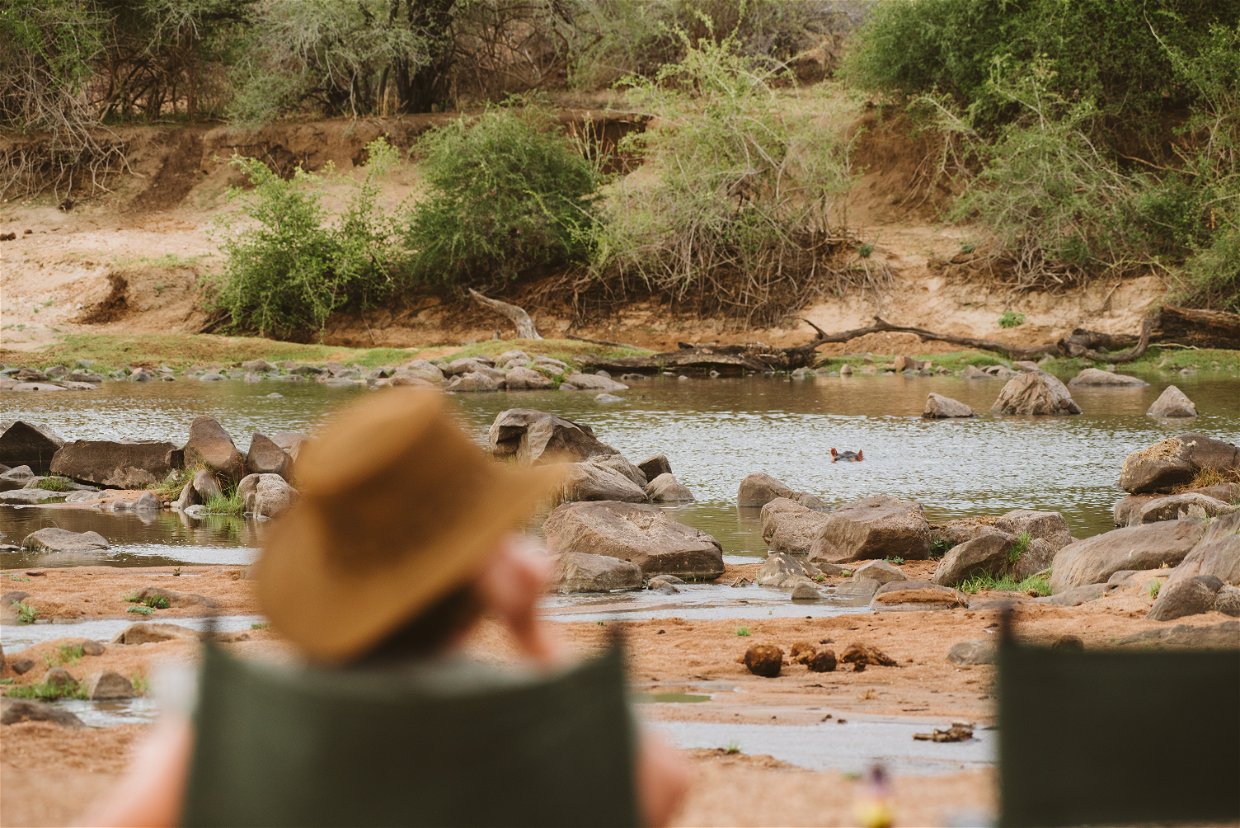

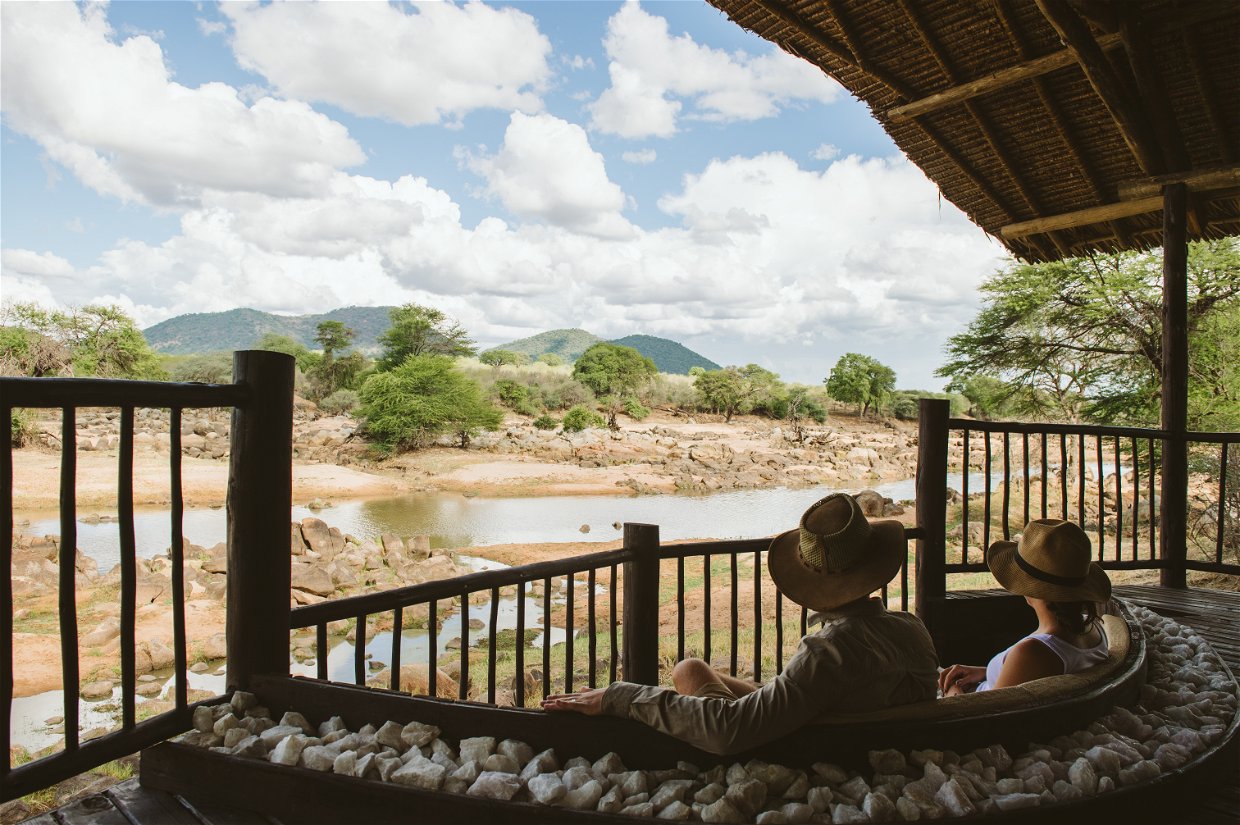
Explore Ruaha River Lodge in Ruaha National Park
Mufindi Highlands Lodge: Mountainous escapes
The Mafinga escarpment is unlike anything you might expect to see in Tanzania. Here the mountainous landscape saturates the region with a coolness that is more readily associated with Europe than East Africa. Our guests visit Mufindi Highlands Lodge for relief from the humid heat of the wet season or some downtime between wildlife safaris. From its location amid protected forested slopes, the estate is surrounded by trout-filled lakes and tea plantations. Horse outrides, hiking, kayaking and lawn sports are the order of the day. This is also the heart of our operations and where you will find The Foxes Community and Wildlife Conservation Trust (FCWT); our vegetable garden, fruit, coffee and macadamia nut plantations; diary and horse stables. You might even happen upon our founders, Vicky and Geoff Fox, whiling away their time in The Secret Garden.
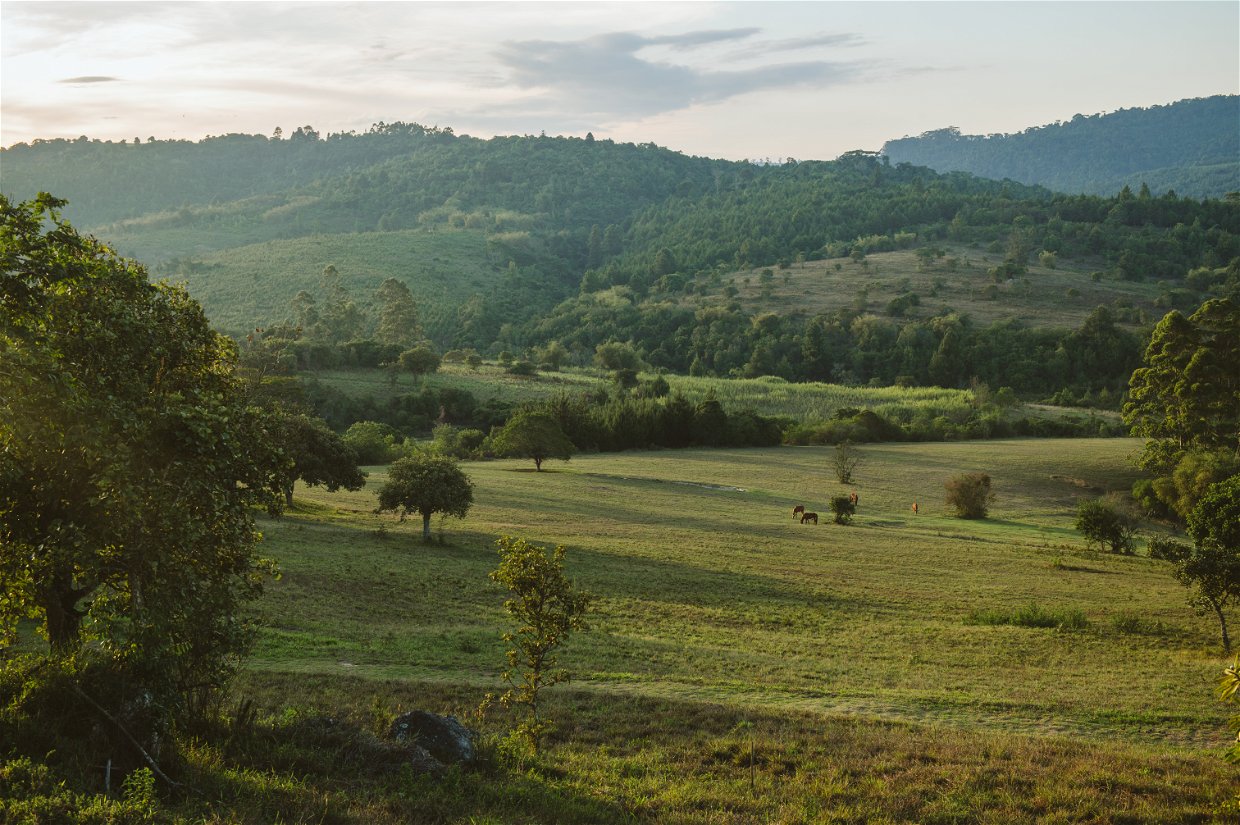
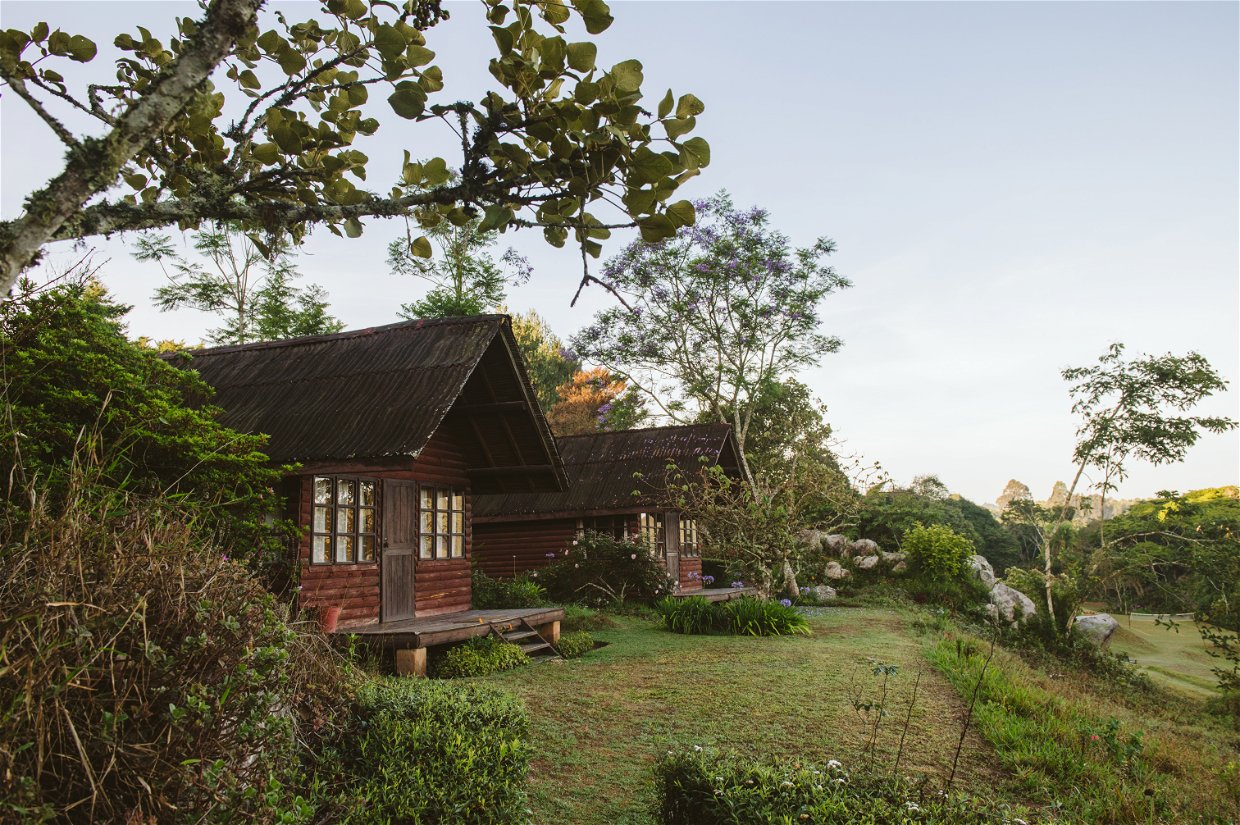
 Explore Mufindi Highlands Lodge in Tanzania’s southern highlands.
Explore Mufindi Highlands Lodge in Tanzania’s southern highlands.
Katavi National Park: The Wild West
Katavi Wildlife Camp wears a badge of honour for being the first permanent camp to be established in Katavi National Park in 2003. Today, it remains one of only three located on the fringes of the Kitasunga floodplain beneath a Miombo Woodland canopy. The wet season sees the Ikuu River flood to create a system of seasonal lakes and interconnected rivers aflush in hues of green. It is no wonder then that Katavi National Park has one of the highest concentrations of wildlife in Tanzania per kilometre squared, particularly during the dry season. Its remote location in Southwestern Tanzania discourages many with the long drive to ‘The Wild West’, which sees fewer travellers. Fortunately, Safari Air Link, our family-run airline, has scheduled biweekly flights to Katavi from Ruaha and Mahale national parks.
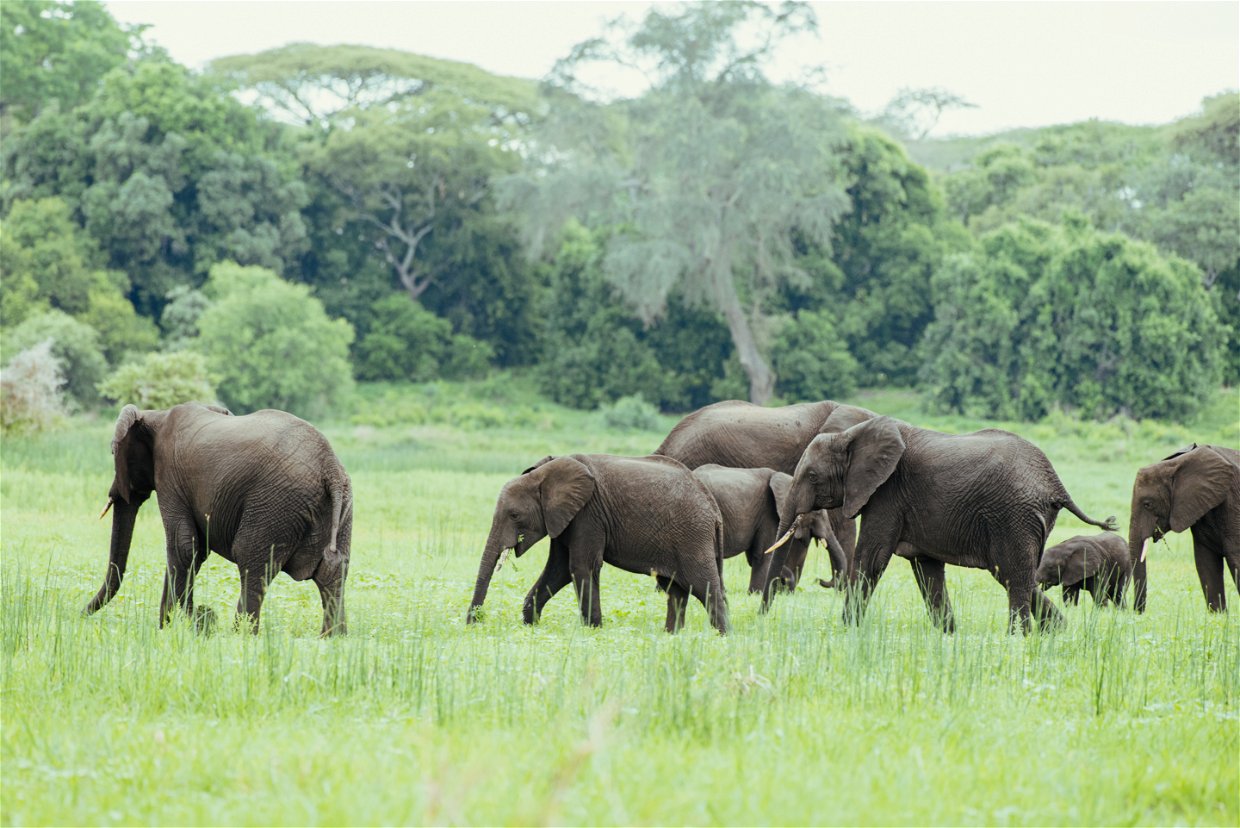
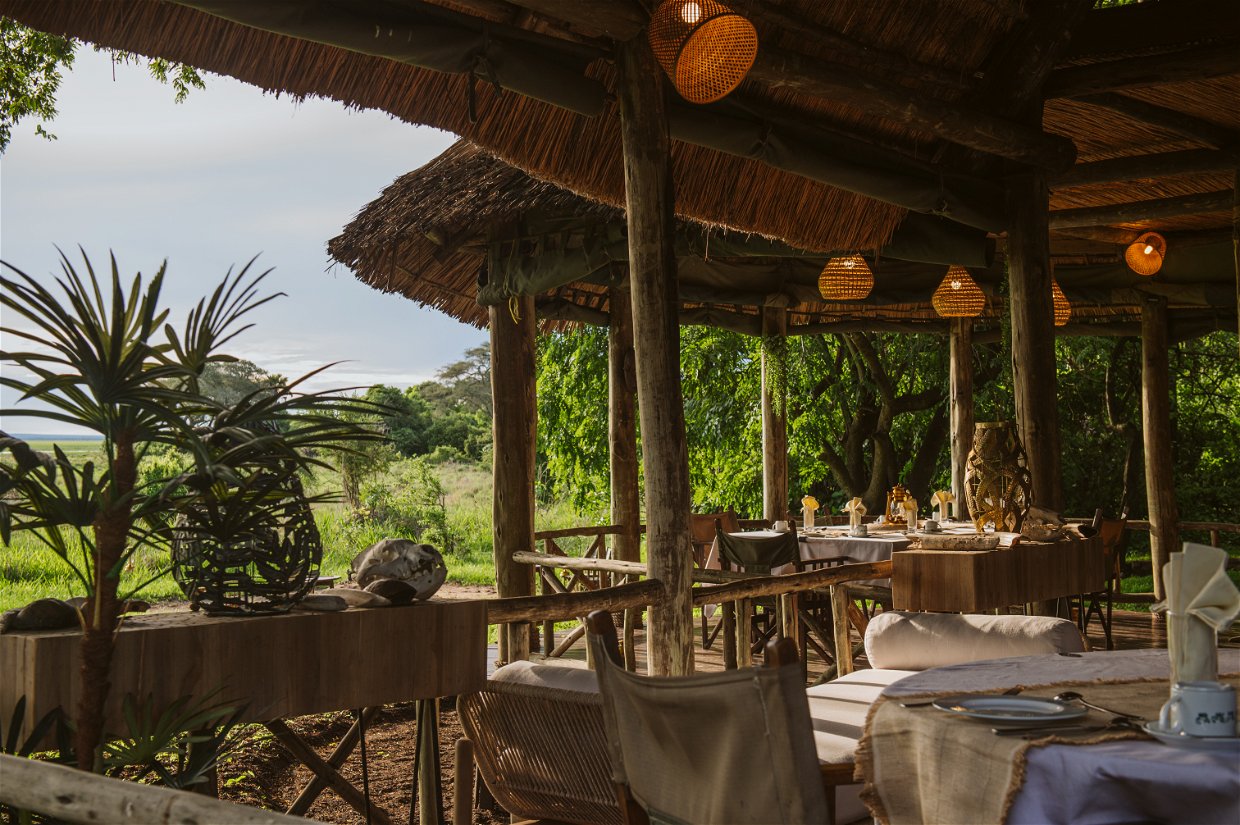
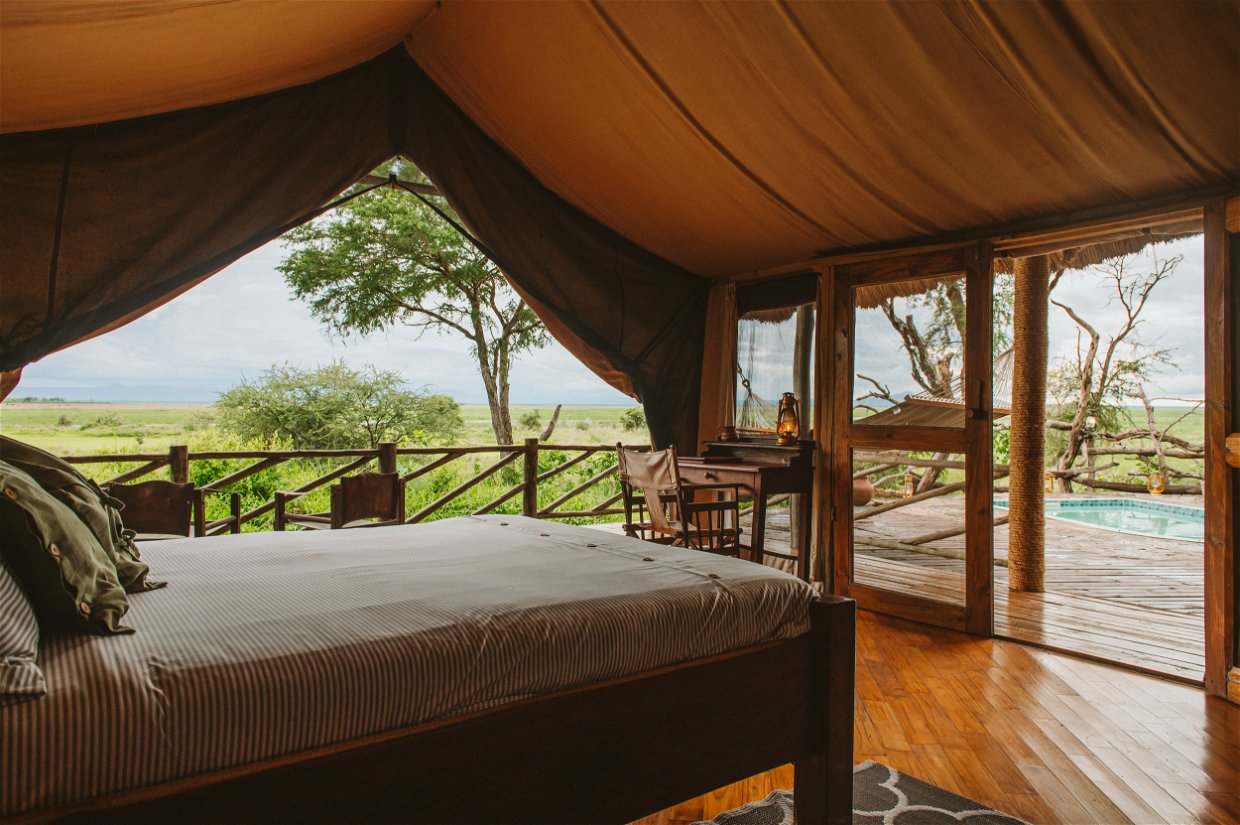
Explore Katavi Wildlife Camp in Katavi National Park
Lazy Lagoon Island Lodge: The Swahili coastline
Lazy Lagoon Island Lodge is everything you would imagine of a private island – except that it’s an exclusive sandspit. This narrow coastal land formation extends into the warm waters of the Indian Ocean for 9km between Zanzibar and mainland Tanzania. High tide transforms it into three crescent-shaped islands with nothing but our A-frame family bandas encircled by a mahogany and mangrove forest. Book a stay along the Swahili coastline if you want to avoid Zanzibar’s crowds yet still want to snorkel coral reefs, hop between rock pools and indulge in freshly caught fish barbecues. Much like in Stonetown, on the mainland you can undertake a guided tour of Bagamoyo by bajaj (tuk-tuk) or private vehicle to learn about Tanzania’s slave trade history. Alternatively, partake in water sports or unwind to the rhythm of the waves during a day-long boat excursion to a private sandbar.
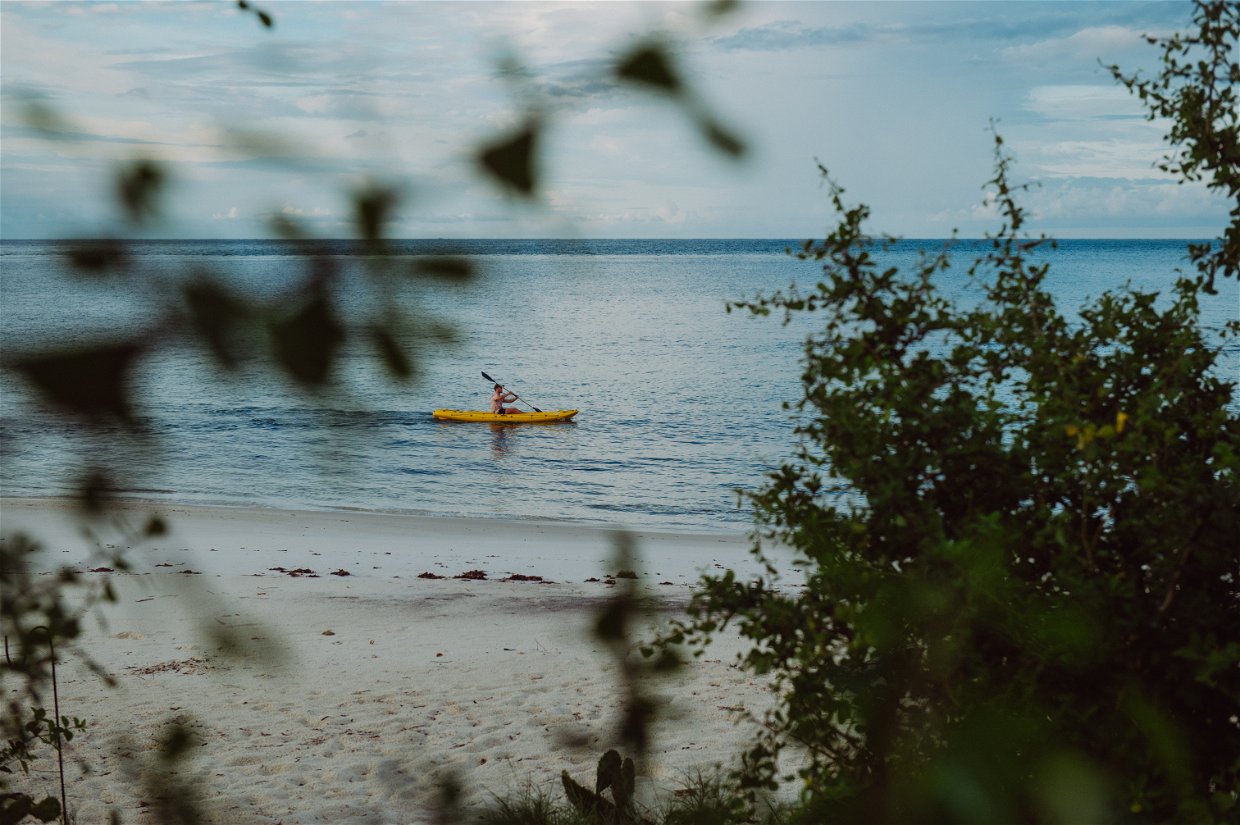

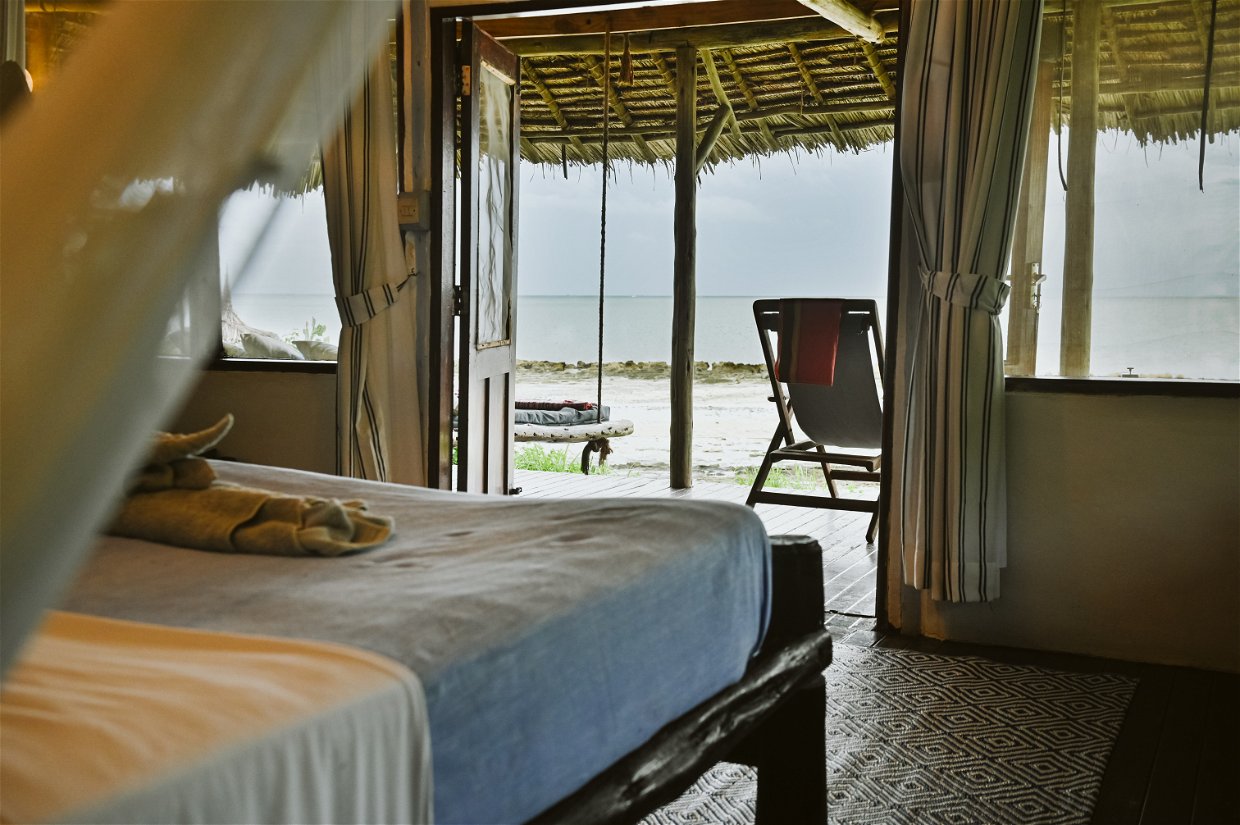
Explore Lazy Lagoon Island Lodge along the Swahili coast
How to get around Tanzania
Safari Air Link is a carbon-negative airline thanks to the 3 million+ trees it has planted during the course of its operations. As a Foxes Safari Camps sister company, the airline operates a fleet of five Cessna 208 Caravans with regular scheduled flights between Dar es Salaam; all of Tanzania’s national parks; the Swahili Coast (Pemba, Mafia and Zanzibar islands); as well as to the Mufindi Highlands except during the rainy season (01 April – 31 May). Flights can be combined with direct transfers to all seven lodges and camps.

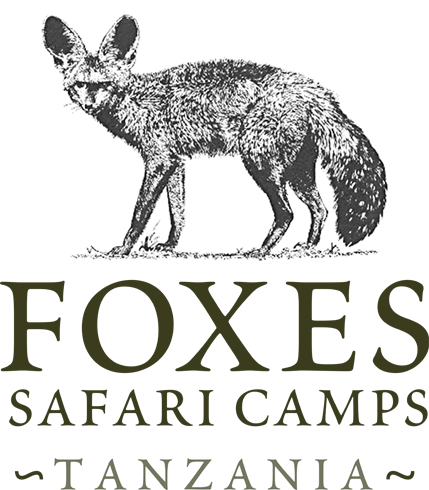
Share This Post